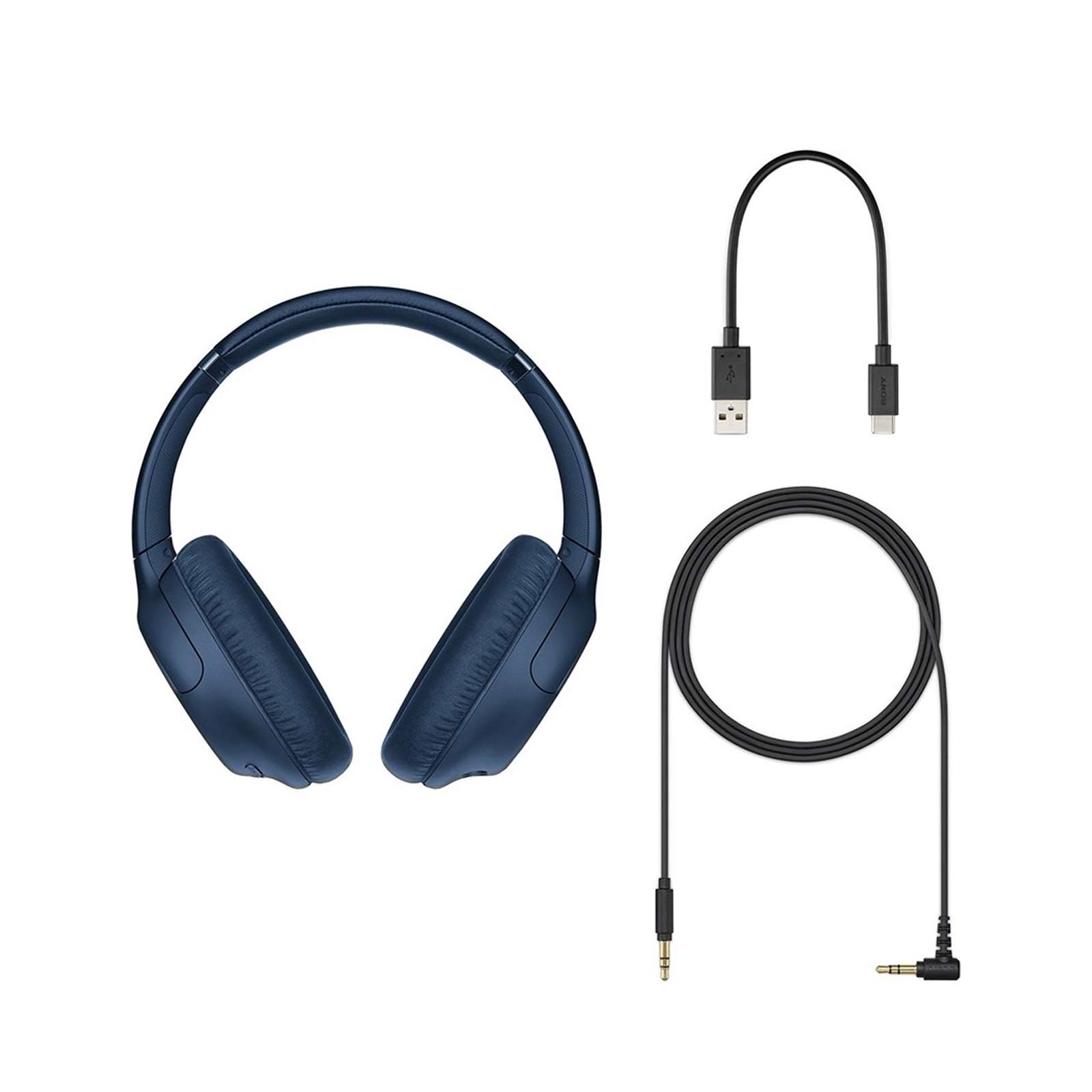

By "clicking" on a ship mark, you could learn the ship name, course and speed, classification, call sign, registration number, MMSI, and other information. Each ship "mark" could reflect the actual size of the ship, with position to GPS or differential GPS accuracy. Picture a shipboard radar display, with overlaid electronic chart data, that includes a mark for every significant ship within radio range, each as desired with a velocity vector (indicating speed and heading). See the Federal Communications Commission's Marine VHF Radio Channels page for detailed information.Īs of 2004, AIS is available in certain areas. Users may be fined by the FCC for improper use of these channels. Some channels are available in VTS (Vessel Traffic Services) areas only. All ships of length 20m (slightly more than 65 feet) or greater are required to guard VHF channel 13, in addition to VHF channel 16, when operating within U.S. Channel 13 should be used to contact a ship when there is danger of collision.

Channel 16 is used for calling other stations or for distress alerting. Boaters should normally use channels listed as Non-Commercial. does not currently use B channels for simplex communications in this band. The letter B indicates simplex use of the coast station transmit side of an international duplex channel. A channels are generally only used in the United States, and use is normally not recognized or allowed outside the U.S. Some VHF transceivers are equipped with an "International - U.S." switch for that purpose. Note that the letter A indicates simplex use of the ship station transmit side of an international duplex channel, and that operations are different than international operations on that channel. There are specifically designated channels for specific usage, as indicated in the chart below. This table is the frequency chart for the VHF Marine Radio Service.


 0 kommentar(er)
0 kommentar(er)
